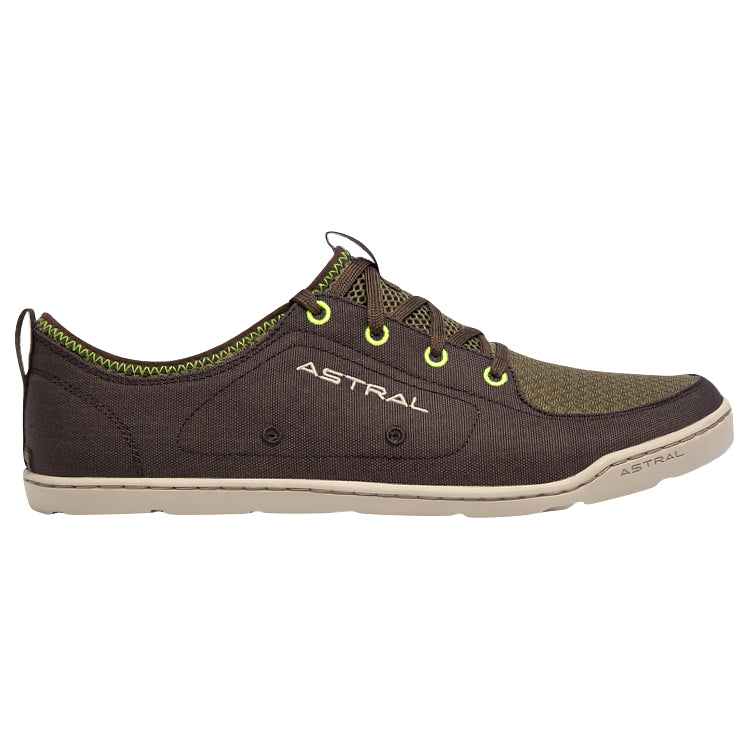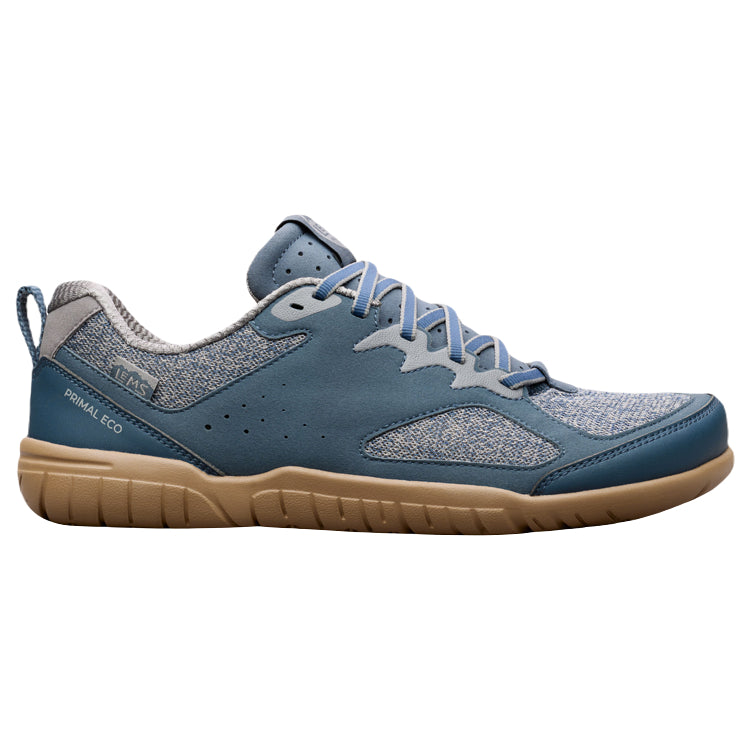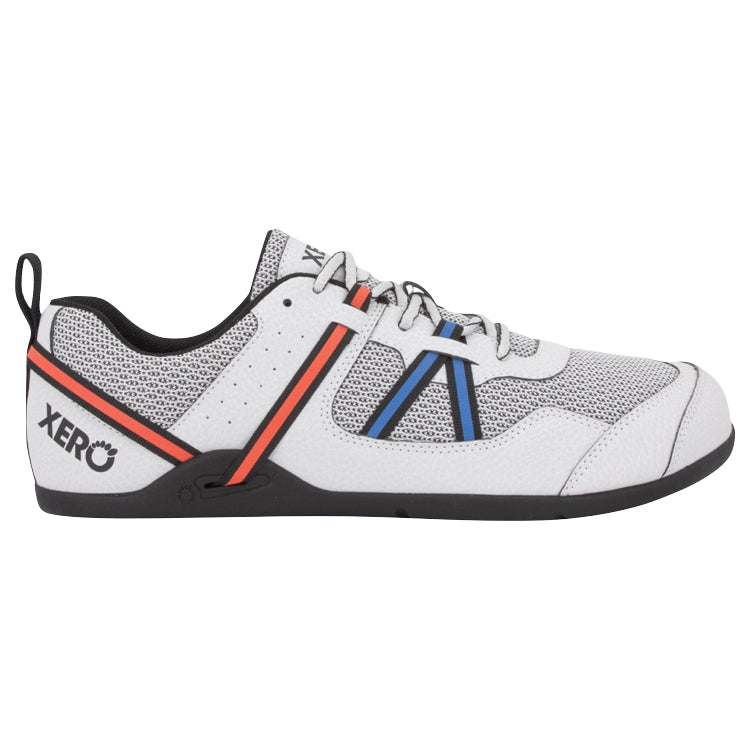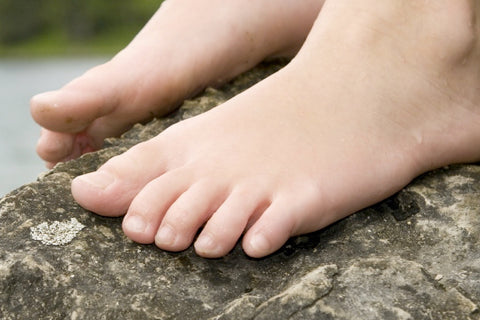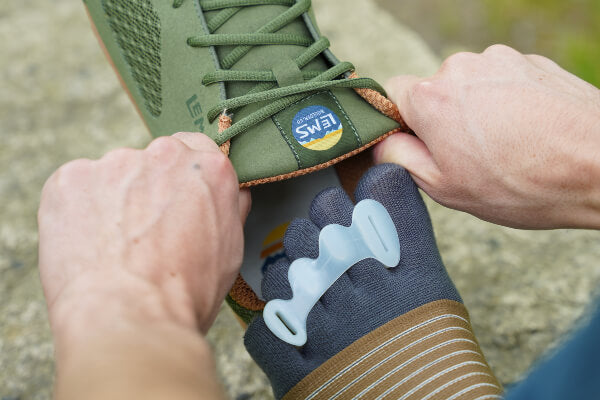
Hi, Jerry. That’s a great and insightful question—and one we hear more often than you might expect. While it’s easy to imagine a kind of “shoe-spiracy” at play, the reality, we believe, is more nuanced. Most conventional footwear companies aren’t actively trying to harm our feet; rather, they’re simply following long-standing design norms that have become deeply embedded in the industry. These norms—like tapering toe boxes, rigid soles, and elevated heels—originated from fashion trends and misconceptions about support and performance, and they’ve been perpetuated for decades without rigorous scrutiny. In many ways, the footwear industry is a product of its own inertia, with designers, marketers, and even medical professionals often unaware of the long-term consequences these design choices have on foot health.
That said, the lack of malice doesn’t negate the harm. Footwear companies have a responsibility to question the status quo, especially in light of growing evidence supporting natural foot function and the benefits of anatomically shaped footwear. Fortunately, a shift is underway. More people—like yourself—are asking the right questions, and a growing number of footwear brands are beginning to prioritize foot health over outdated conventions. Rather than a conspiracy, what we’re witnessing here, we believe, is a systemic blind spot. But awareness is the first step toward change, and with enough informed consumers demanding better options, the industry will have no choice but to adapt. In the meantime, we encourage you to spread the word about foot-healthy footwear and more natural approaches to foot care.
It’s also worth noting that many of the misconceptions driving conventional shoe design stem from a fundamental misunderstanding of how the human foot actually works. For much of modern history, shoes have been designed to control the foot rather than to collaborate with it. This control-based philosophy gave rise to features like arch support, cushioning, and motion control—elements that sound beneficial but often interfere with the natural mechanics of gait and load distribution. What’s missing in this paradigm is trust: Trust that the human body, given the right conditions, can support, balance, and heal itself. When footwear companies design with that trust in mind, they begin to create shoes that enhance, rather than replace, the body’s own remarkable capabilities.
From another perspective, the persistence of harmful shoe designs reflects how culture and commerce intertwine. Fashion trends, celebrity endorsements, and long-held aesthetic ideals—like sleek, narrow silhouettes—continue to shape what people perceive as desirable or professional. These influences are powerful, often overriding considerations of comfort or health. Even when companies become aware of healthier alternatives, they may hesitate to deviate too far from the mainstream for fear of alienating customers or disrupting profitable models. It’s not a conspiracy so much as a collective entanglement—a cycle of mutual reinforcement between consumer expectation and corporate production. The encouraging part is that this cycle can shift quickly once awareness spreads and demand for healthier footwear gains momentum.
Ultimately, change in the footwear industry begins with education, and that’s where each of us plays a role. By learning about natural foot function, choosing anatomically shaped shoes, and sharing your experience with others, you help reshape not just a marketplace but a mindset. The more people understand that comfort, strength, and aesthetics can coexist in footwear, the faster the industry will evolve to meet that reality. So rather than a “shoe-spiracy,” what we’re witnessing is the early stage of a collective awakening—one where consumers and conscious companies alike are rediscovering what shoes were always meant to do: Protect the foot without compromising its natural form or function.

WANT TO IMPROVE YOUR FOOT HEALTH?
Let the team at Natural Footgear help you! Subscribe to our newsletter for the latest offers and helpful info, and sign up for our FREE email courses on various topics and foot health conditions.
Sign Up →
Want to Improve Your Foot Health?
We are here to help you every step of the way. Get our newsletter for the latest offers and helpful info, and sign up for our FREE email courses on various topics and conditions, including bunions, hammertoes, neuromas, plantar fasciosis, shin splints, ingrown toenails, and more.
Sign Up →
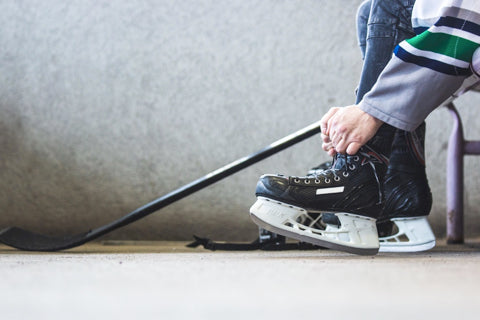 In a world filled with generally atrocious and injurious shoes, there are many possible contenders for “worst type of footwear.” In reality, though, there exists a continuum of footwear, ranging from models that are practically unwearable to models that let you realize your full foot potential. Still, some shoes ignominiously rise above the rest when it comes to sheer awfulness. Because of the utter ridiculousness of their design and construction...
Read more
In a world filled with generally atrocious and injurious shoes, there are many possible contenders for “worst type of footwear.” In reality, though, there exists a continuum of footwear, ranging from models that are practically unwearable to models that let you realize your full foot potential. Still, some shoes ignominiously rise above the rest when it comes to sheer awfulness. Because of the utter ridiculousness of their design and construction...
Read more



